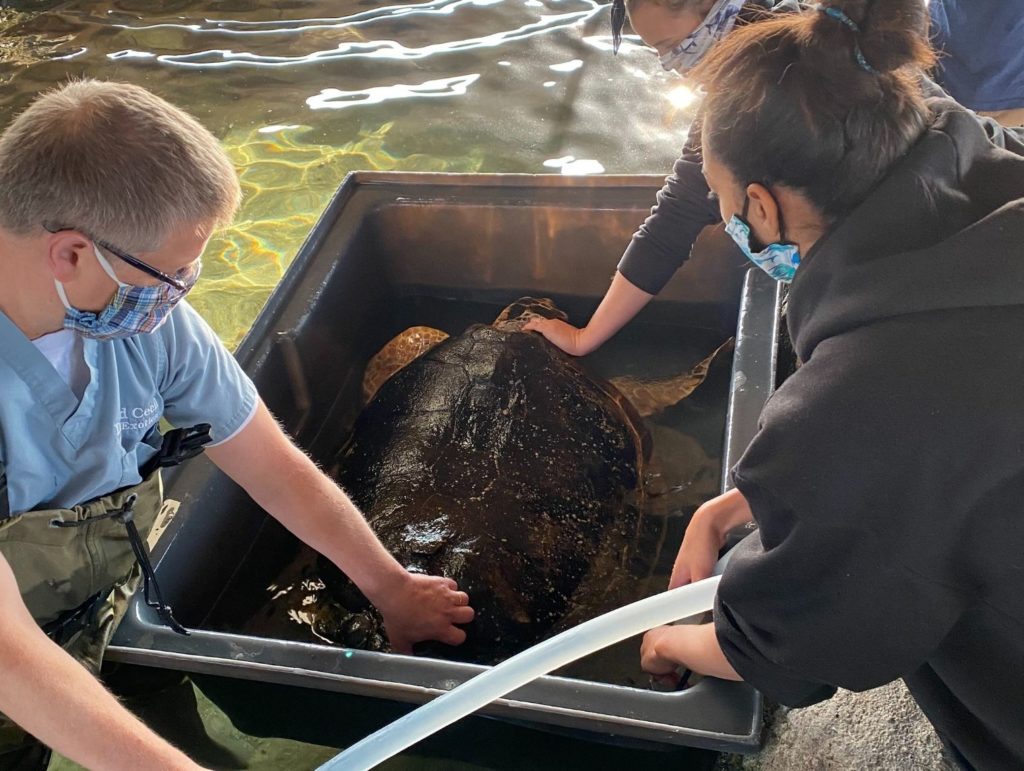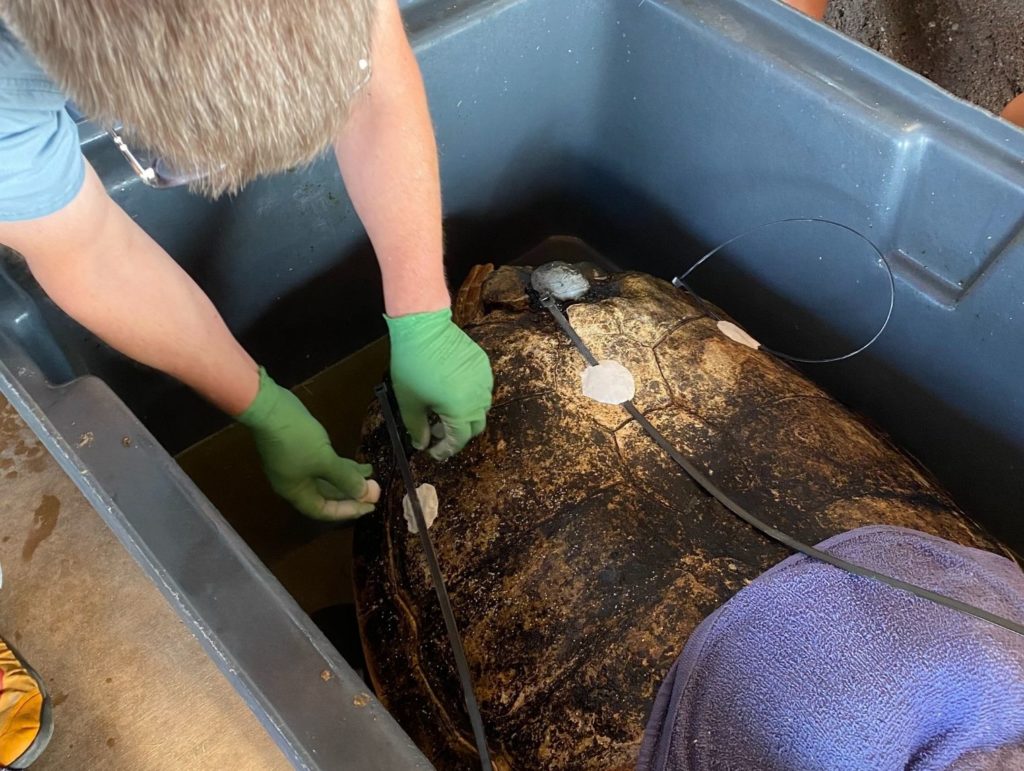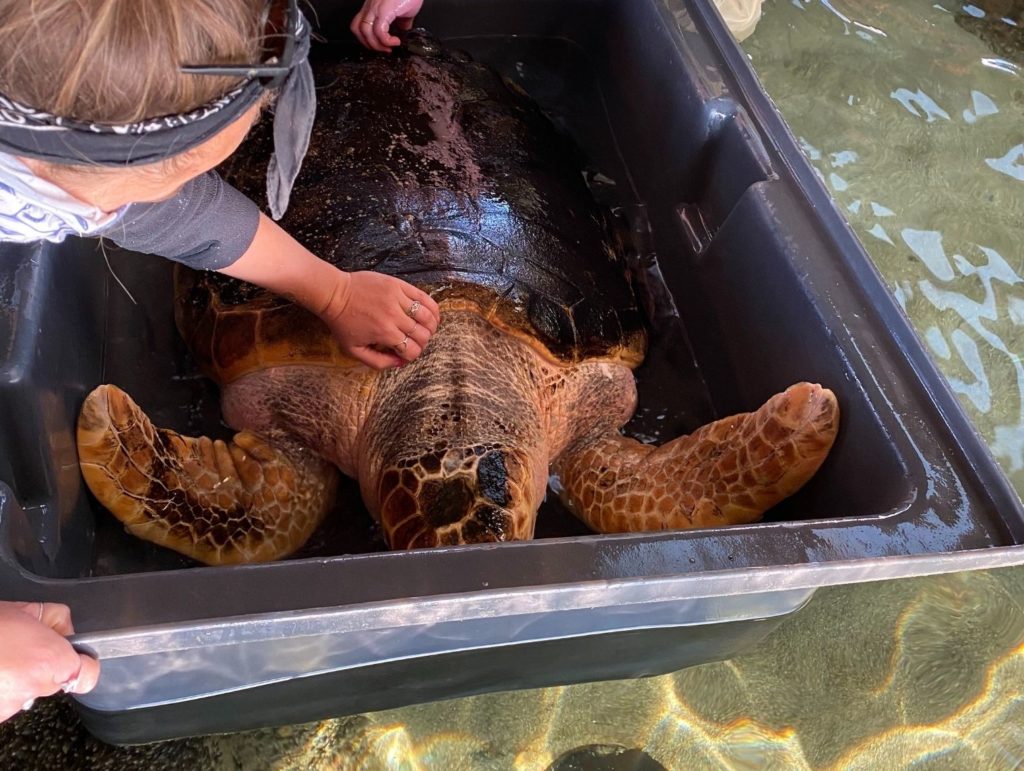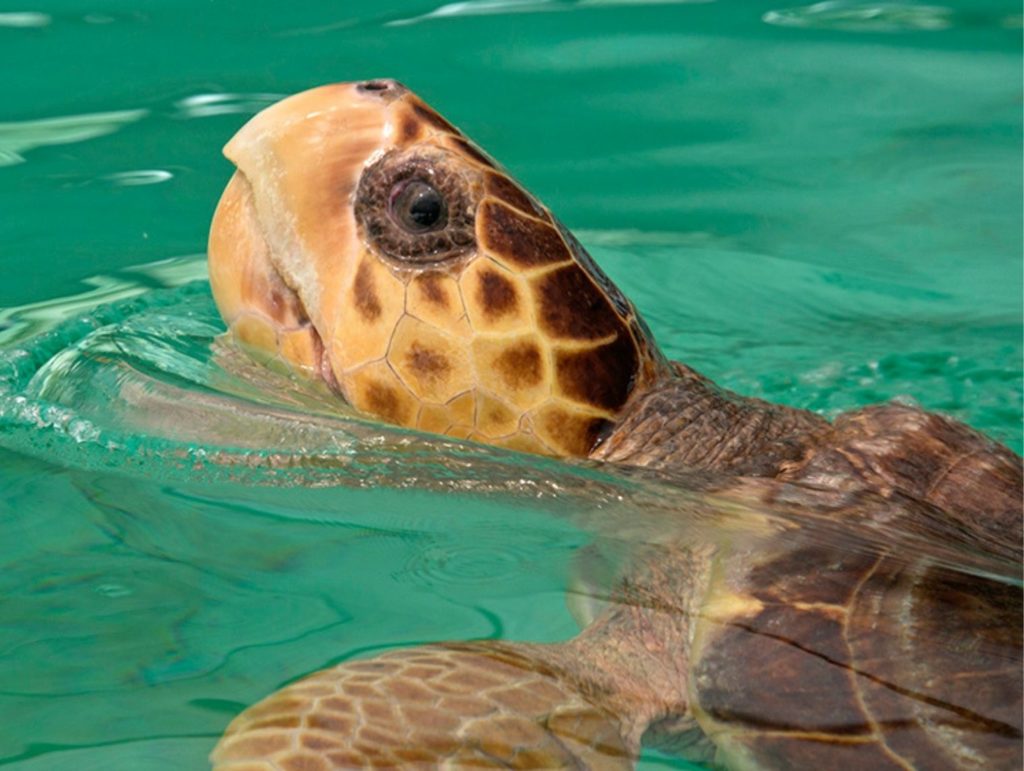By Paul Hormick, Horticulturist



Distinguished by their large orange wings with crisp white-spotted black borders, monarchs are the most easily recognized butterfly in North America. Butterfly enthusiasts and scientists delineate two populations of monarchs, eastern and western, which are separated by the Rocky Mountains.
One of the few insects to migrate, the eastern monarchs spend their summers in fields and farms from Texas to New England and overwinter in pine forests in central Mexico. Their southern migration includes a route that has them flying through Florida and over the waters of the Gulf of Mexico. The western monarch’s migration is not as dramatic. These butterflies live throughout the West and overwinter in California.

Monarchs throughout North America are in trouble. The blame goes to climate change, habitat loss, pesticides, and the use of glyphosate, a weed killer that destroys milkweed, the host plant of the monarch caterpillar. The eastern population is in decline, while the situation for the western population is more dire. Their numbers have declined by as much as 99.9 percent.

There is still hope for the western monarchs. Starting in 2019, the Xerces Society began a program of enhancing and creating monarch habitat in California. So far, over 140 habitat projects have planted 72,000 native plants, including close to 30,000 milkweeds. There are plans to plant an additional 34,000 native plants this fall.
If you would like to learn how you can create habitat or otherwise help the monarch butterfly, you can check out the Xerces Society’s monarch webpage.




